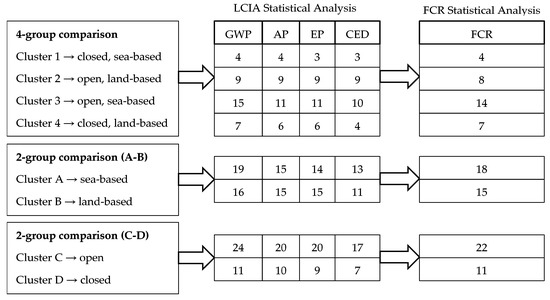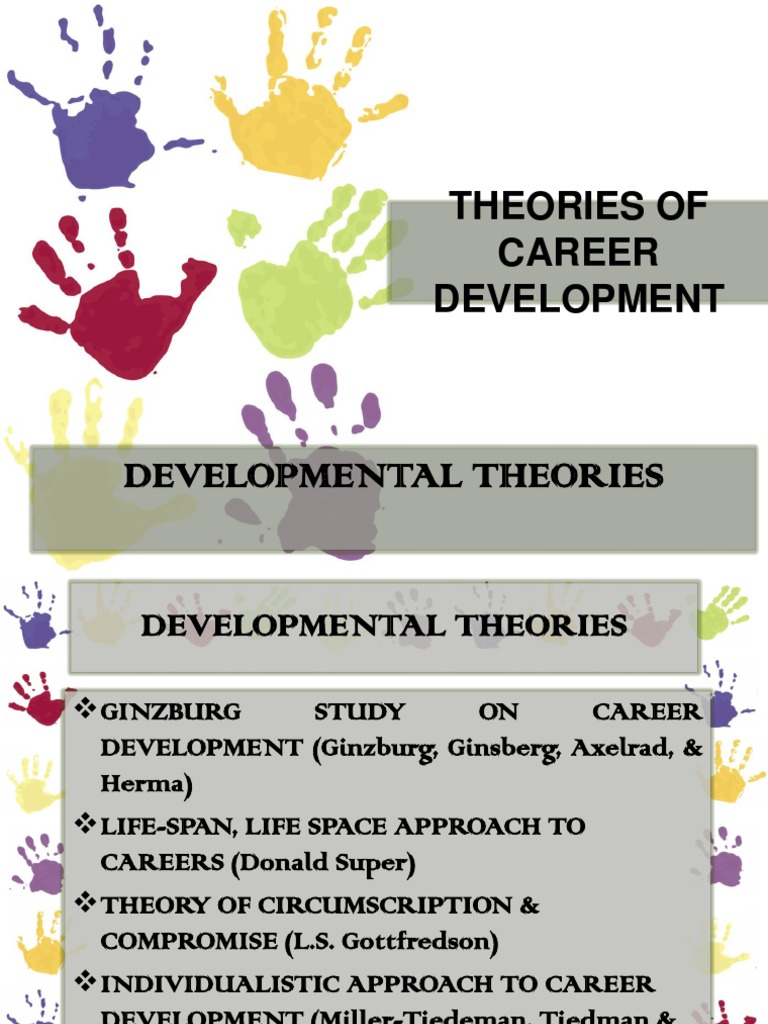- Ginzberg Career Development Theory
- Anne Roe Career Development Theory Pdf To Excel Pdf
- Career Theory
- Anne Roe Career Development Theory Pdf To Excel Chart
The Cambridge History of Science, Volume 4: The Eighteenth Century Roy Porter download Z-Library. Download books for free. Anne Roe Career Development Theory Pdf To Word. Anne Roe Career Development Theory Pdf To Word. Posted on by admin. Home Common Core State Standards Initiative. Issuu is a digital publishing platform that makes it simple to publish magazines, catalogs, newspapers, books, and more online. Saul Williams Niggy Stardust Rar File. At Columbia, Roe worked in the office of Edward Lee Thorndike, graduating with her Ph.D. In experimental psychology under the supervision of Robert S. The publication of The Psychology of Occupations would introduce Roe’s theory of personality development and career choice, her most enduring scientific contribution. Anne Roe's Theory of Occupational Choice - Free download as Powerpoint Presentation (.ppt), PDF File (.pdf), Text File (.txt) or view presentation slides online. Scribd is the world's largest social reading and publishing site. At Columbia, Roe worked in the office of Edward Lee Thorndike, graduating with her Ph.D. Career development theory and research have traditionally dealt with young. A good example of this type of theory is that of Anne Roe. In experimental psychology under the supervision of Robert S.
Ginzberg Career Development Theory
- Biology
- believed that intelligence and temperament are more determined by heredity than are interests and attitude
- Sociology
- Economic limitations, race, gender, and cultural or social attitudes beyond individual's control
- Career not determined by genetics, more frustrations or satisfactions in life.
- Careers determined by degree of satisfaction being met
- The more intense the needs, the more need to be successful
- Psychology
- Based on the psychological needs that develop from the interaction between child and their parents/caretakers
- Physiological needs must be satisfied before other needs can be met
- Safety needs: shelter, good health, avoidance of danger
- occupational needs: security needs come first before other interactions and benefits
- Belonging and love: caring for and being cared for
- Esteem needs: need to feel important and respected
- Information needs: to perform job well
- Understanding: must understand and interpret great amounts of information
- Beauty: in the arts and entertainment field, it is essential
- Self-Actualization: need to be all that one can be (Roe finds this more important than information)
8 groups
Anne Roe Career Development Theory Pdf To Excel Pdf
- Service
- one person doing something for another person: nurse, health care, counselor
- Business contact
- persuading others: public relations, sales
- Organization
- management: Senator, accountant, secretary
- Technology
- making, producing, maintaining, and transporting products: engineers, pilots, production managers
- Outdoor
- protection of environment, production of crops: farm manager, landscape architect, fish and game officer
- Science
- development of science natural and physical: professor, pharmacist, medical
- General Culture
- interested in human activity and culture: ministry, history, education
- Arts and Entertainment
- performers: music conductor, museum curator, football player, stagehand
Early Parent-Child Relationship (3 categories)
- Concentration on the child
- Overprotective: parent encourages dependance on the parent and restricts curiosity and exploration
- Overdemanding: parent requests perfection from the child, asking for excellent performance and setting high standards of behavior (first born)
- Avoidance of the child
- Rejection: parent may be overly critical of the child or punish the child excessively
- Neglect: ignores the child for many reasons, such as, parents concern with their own problems, other children, or work
- Acceptance of the child
- Parents encourage independence rather than dependence and do not ignore or reject their child, creating a relatively tension free environment
- Casual acceptance: parents have a low-key attitude offering a minimum amount of love
- Loving acceptance: parents offer a warmer attitude toward the child, while not interfering with the child's resources by fostering dependency
Anne Roe (1904—1991) was born and raised in Denver, Colorado. Upon graduating from the University of Denver, she attended Columbia University, following the recommendation of Thomas Garth. At Columbia, Roe worked in the office of Edward Lee Thorndike, graduating with her Ph.D. in experimental psychology under the supervision of Robert S. Woodworth. The publication of The Psychology of Occupations would introduce Roe’s theory of personality development and career choice, her most enduring scientific contribution.
Roe’s theory can be separated into two key areas: theoretical aspects of personality and classification of occupations. Inspired by Maslow’s hierarchy of needs, Roe incorporated the psychological needs that develop out of parent-child interactions in her conceptualization of personality. Roe classified parent-child interaction patterns into three categories, each with two subcategories: (1) emotional concentration on the child, further classified as being overprotective or overdemanding, (2) avoidance of the child, further classified as emotional rejection or neglect, and (3) acceptance of the child, further classified as casual or loving. Roe’s interest in parent-child interactions led to the development of the Parent-Child Relations Questionnaire and its revision as a means of accurately assessing such interactions. Out of parent-child interactions, Roe thought that children went on to develop an orientation either toward or not toward people.



Roe was dissatisfied with existing classification systems for occupations, including the benchmark Dictionary of Occupational Titles. In order to compare the individual to a full spectrum of occupations, Roe set out to develop a comprehensive classification system that would allow her to engage her inquiry. The result was a two-dimensional, eight by six classification system with eight categories of occupations (service, business contact, organization, technology, outdoor, science, general culture, and arts and entertainment) and six levels (professional and managerial, levels 1 and 2; semiprofessional and small business, level 3; skilled, level 4; semiskilled, level 5; and unskilled, level 6) within each category.
Research into the impact of parent-child interactions on career choice has not resulted in significant support for Roe’s theory. Concerns with subject recall of parent-child interactions, differences in parenting styles between parents and over time, and sample sizes, among other issues, have been cited. Roe openly acknowledged the criticisms of her theory and expressed concerns that her classification system did not adequately address the experiences of women and minorities. In addition, Roe stated that her theory was developed with little forethought in regard to its application. Still, research support can be found for Roe’s classification system, and a minimal amount of support has been found related to the impact of early interactions upon the work-related behaviors and activities within certain areas of occupational specialization. The impact of Roe’s theory has been realized across the various facets of activities of career development professionals such as teaching, counseling, placement, and research. Roe’s classification system has proven particularly useful to career counselors in the influence it has had in the development of career assessment instruments and in its overall contribution to the mapping of the world of work.
References:
Career Theory
- Osipow, S. H., & Fitzgerald, L. F. (1996). Theories of career development (4th ed.). Boston: Allyn & Bacon.
- Roe, A. (1956). The psychology of occupations. New York: Wiley.
- Roe, A. (1957). Early determinants of vocational choice. Journal of Counseling Psychology, 4, 212-217.
- Roe, A., & Lunneborg, P. W. (1990). Personality development and career choice. In D. Brown & L. Brooks (Eds.), Career choice and development: Applying contemporary theories to practice (2nd ed., pp. 68-101). San Francisco: Jossey-Bass.
- Tinsley, H. E. A. (Ed.). (1997). [Special section on Anne Roe]. Journal of Vocational Behavior, 51, 280-318.
Anne Roe Career Development Theory Pdf To Excel Chart
